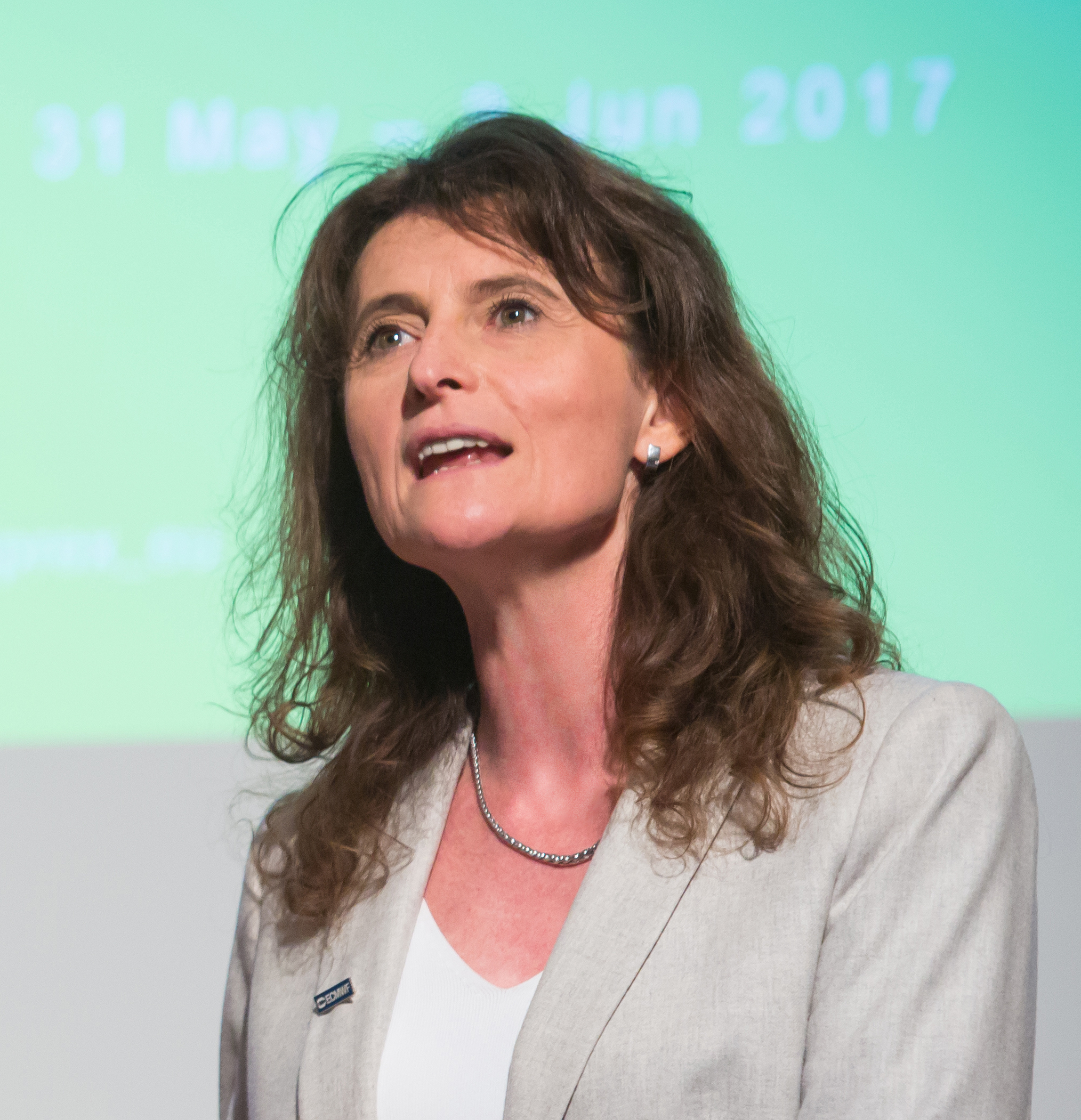 The past quarter has been rich in important developments at ECMWF, first among them the successful implementation of the latest upgrade of the Integrated Forecasting System (IFS). IFS Cycle 45r1 improves analyses, notably through a better use of radiosondes, and forecasts, for example by addressing systematic short-wave radiation biases in the storm tracks and over the southern oceans as well as longstanding precipitation issues along coastlines. Users have also welcomed the introduction of lightning flash density predictions.
The past quarter has been rich in important developments at ECMWF, first among them the successful implementation of the latest upgrade of the Integrated Forecasting System (IFS). IFS Cycle 45r1 improves analyses, notably through a better use of radiosondes, and forecasts, for example by addressing systematic short-wave radiation biases in the storm tracks and over the southern oceans as well as longstanding precipitation issues along coastlines. Users have also welcomed the introduction of lightning flash density predictions.
In research, work is under way to develop ‘continuous data assimilation’. Experimental results show consistent improvements translating into a 2- to 3-hour gain in forecast skill. We are expecting to be able to make this new process operational in the near future.
With new products constantly being developed or improved, it was important to ensure that our Forecast User Guide is up to date. This is now the case, with a revised version of the guide published online on 14 May. The guide provides all the tools needed for the correct interpretation and use of ECMWF’s products.
On the Copernicus front, our Atmosphere Monitoring Service will be releasing a new massive open online course (MOOC), developed jointly with our sister organisation EUMETSAT. This will offer a great opportunity to learn how atmospheric composition can be monitored from space and how this can be combined with in situ data and numerical models to provide information and forecasts. Still on Copernicus, in June our Climate Change Service launched the long-awaited Climate Data Store, and two months earlier it published its first European State of the Climate report.
The extensive work between ECMWF and Emilia-Romagna teams enabled the building tender for ECMWF’s new data centre in Bologna to be released in mid-May, with a prospective start of building work around mid-November.
Whilst the supercomputers to be hosted in our new data centre in Italy will enable more scientific developments, the challenges created by the dissemination of all this data are likely to be addressed by cloud options. In June, an event organised by the European Commission in Baveno commemorated the 20th anniversary of the Baveno Manifesto, the document which gave birth to the Copernicus programme (known as GMES at the time). This was a great opportunity to showcase the WEkEO service we are jointly developing with our colleagues from EUMETSAT and Mercator. WEkEO is a reference portal for environmental data, virtual environments for data processing and skilled user support. At the same time, we are working with our key partners to develop a European Weather Cloud. Watch this space.
Florence Rabier
Director-General
